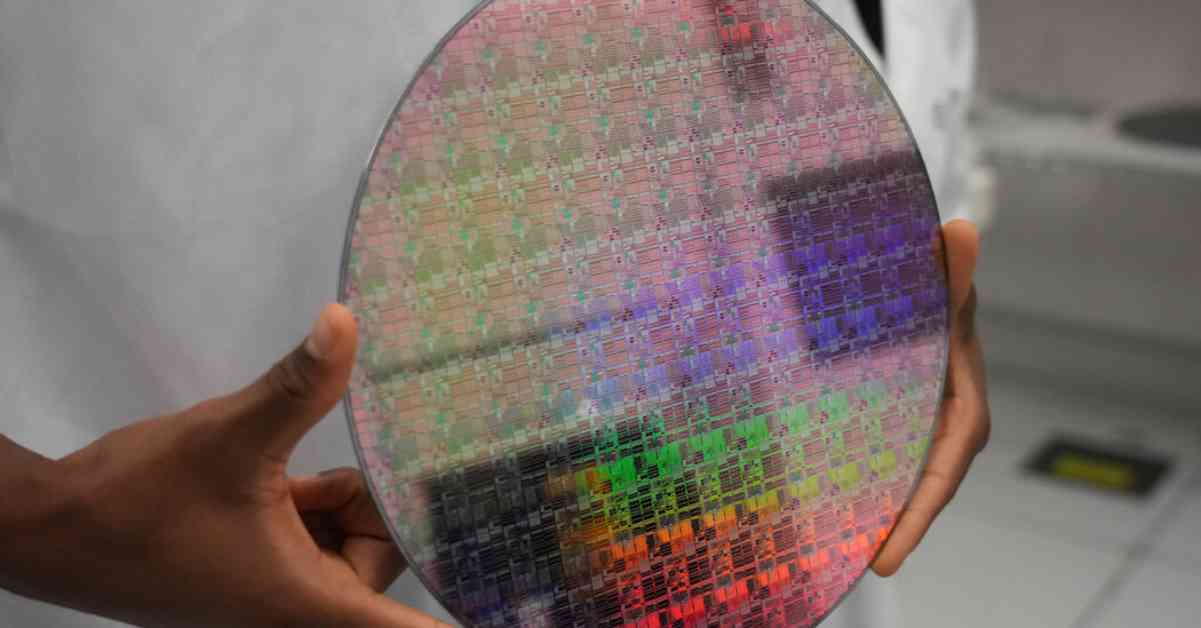The Biden administration recently announced a plan to allocate $1.6 billion in funding for the development of new technology to package computer chips. This initiative, part of the CHIPS Act, aims to boost chip packaging efforts in the United States, a process that is currently dominated by Asian countries.
Laurie Locascio, an undersecretary in the Commerce Department and the director of the National Institute of Standards and Technology, highlighted that the funding will support innovation in areas such as improving data transfer speeds between chips and managing heat generation. Companies will have the opportunity to apply for grants to fund research and development projects, with grants expected to reach up to $150 million each.
The focus of the research and development efforts will be on high-demand applications like high-performance computing and low-power electronics, which are essential for advancements in artificial intelligence. The CHIPS Act, which received bipartisan approval, aims to invest $52 billion in domestic chip production, with a significant portion allocated to chip factories.
Currently, the United States only accounts for around 10 percent of chip production activity, with a large portion of manufacturing taking place in Asia. The country’s reliance on foreign companies, particularly Taiwan Semiconductor Manufacturing Company (T.S.M.C.), for chip packaging has raised concerns among policymakers due to geopolitical tensions with China and its claims on Taiwan.
Chip packaging involves attaching finished chips to a substrate, which contains electrical connectors, and then enclosing the components in plastic. This step is crucial as it enables chips to communicate with other hardware devices. The funding provided under the CHIPS Act is aimed at enhancing the domestic capabilities in chip packaging to reduce reliance on foreign manufacturers.
Overall, the funding initiative is a significant step towards strengthening the semiconductor industry in the United States and maintaining a competitive edge in technology development, especially in crucial areas like artificial intelligence. By investing in research and development for advanced packaging technologies, the U.S. aims to drive innovation and secure its position as a leader in the global chip market.



